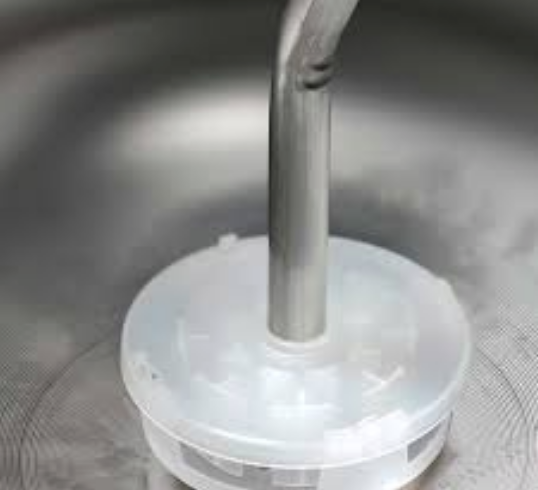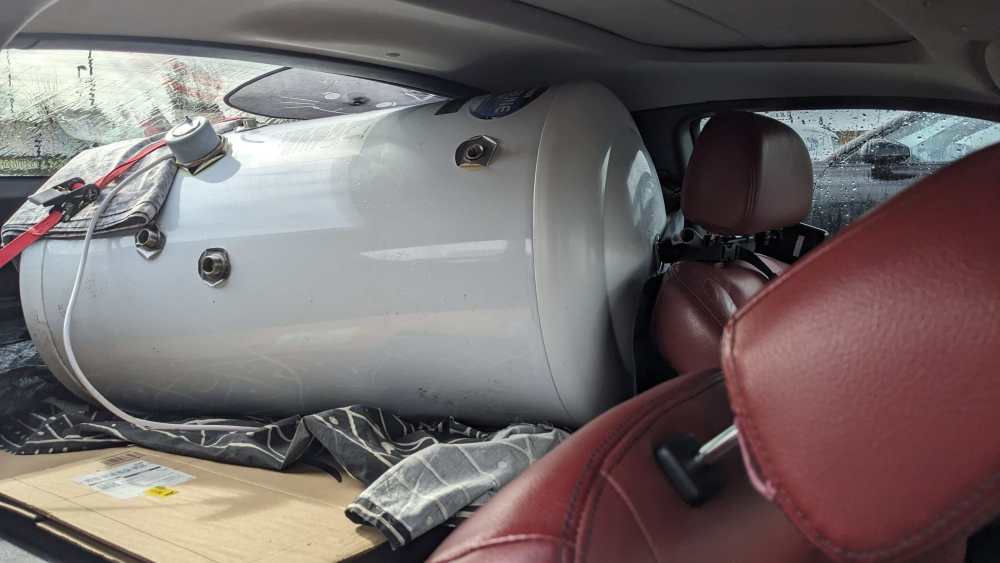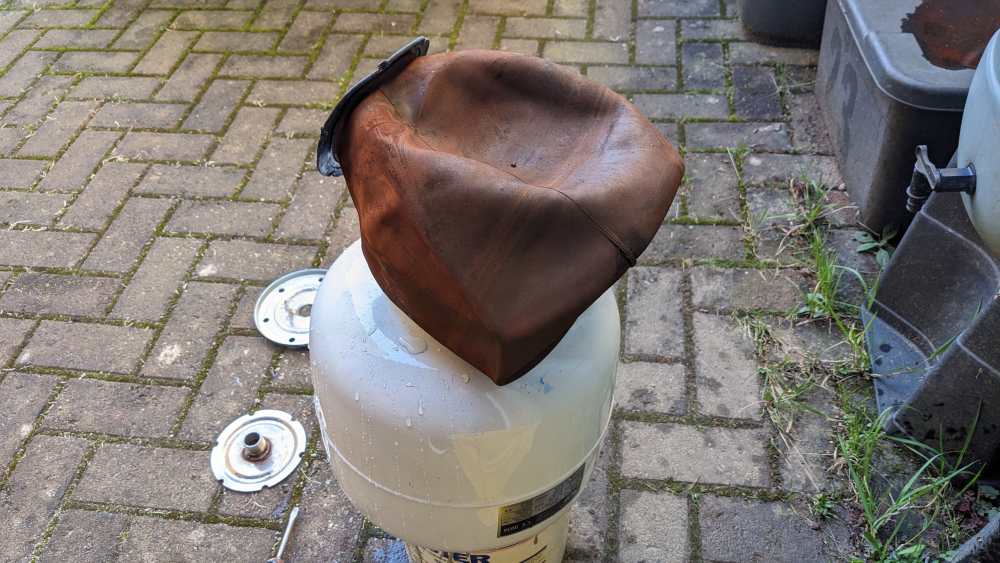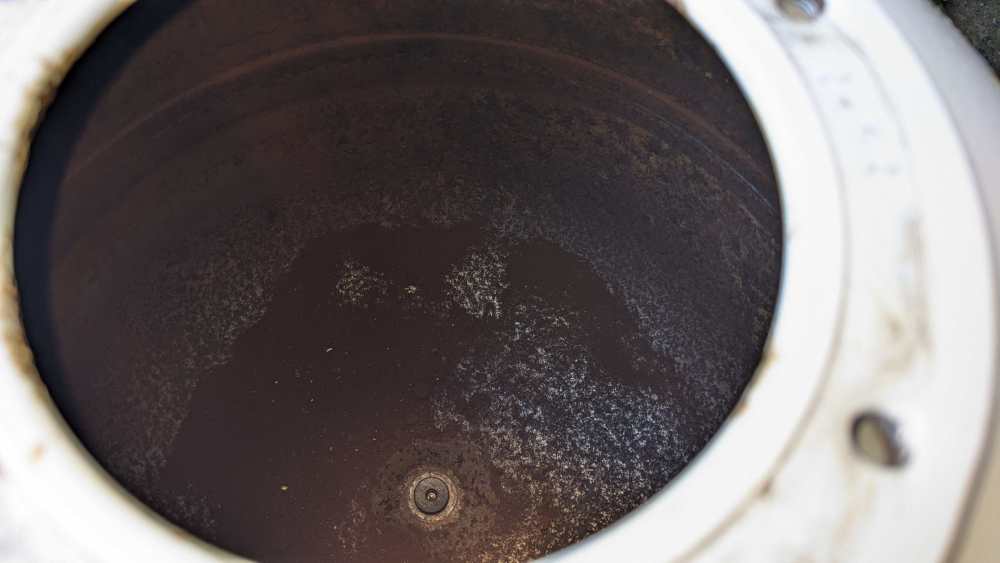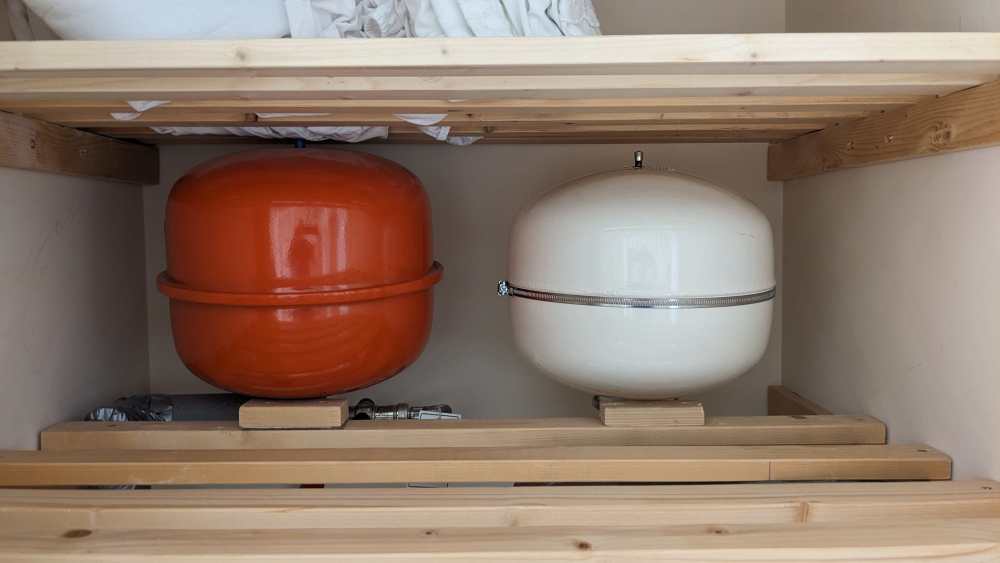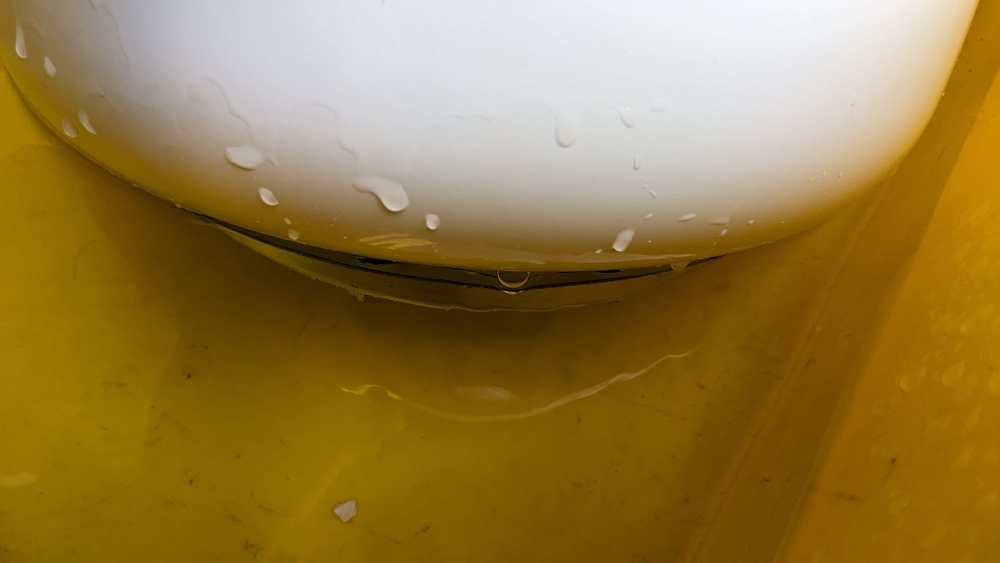-
Posts
1340 -
Joined
-
Last visited
-
Days Won
1
MJNewton last won the day on May 11 2024
MJNewton had the most liked content!
Recent Profile Visitors
MJNewton's Achievements

Advanced Member (5/5)
448
Reputation
-
The cylinder does have a plastic diffuser at the bottom - could it be that breaking up? (I know they are prone to being blocked by limescale but haven't heard anything about them deteriorating though)
-

Implication of not using MVHR
MJNewton replied to Indy's topic in Mechanical Ventilation with Heat Recovery (MVHR)
We've got a Titon - also bought on ebay as it happens - and have been very pleased with it. Ours is quite a basic model but I've retrofitted various external controls to improve its functionality a bit. Re technical support I was pleasantly surprised to even receive a response to my request for further info about the summer bypass logic, and they also sent a service manual too which I wondered was down to me sounding like 'the type that like to tinker with things'! -

Expansion Vessel losing pressure... but where from?
MJNewton replied to MJNewton's topic in Boilers & Hot Water Tanks
It was more in case it ever got damaged, or overrun with scale. I am planning on checking and descaling ours, and I am mindful that removing the immersion heater - which has been in place for 18 years - could lead to damage but hopefully the duplex steel is a lot stronger than copper where perhaps this risk is more likely? -

Expansion Vessel losing pressure... but where from?
MJNewton replied to MJNewton's topic in Boilers & Hot Water Tanks
Thought it worth posting back as whilst not the most exciting of subjects you never know if it might help someone else out in the future. As per the discussion I tried nipping up the flange bolts but to no avail - air still leaking out over a matter of days. By chance someone nearby was ripping out their perfectly working identical cylinder due to the installation of a heat pump so I bought the expansion vessel off him, and the cylinder too as these things are always worthwhile having a spare of, right?! With the replacement EV fitted everything is now working properly. So, what was wrong with my old one? Well, I removed the flange plate and pulled out the bladder - the 19th century football appearance immediately pointed the finger towards corrosion being present: Sure enough it was clearly visible inside vessel: And most crucially at a couple of points around the neck too which corresponded to where I'd seen bubbles emerging from once the vessel was out and I could dunk it in a bucket of water: So problem now solved and all that's now left is to work out where best to story the spare cylinder, the acquisition of which means I will almost certainly now never need it! Thanks all for the discussion - really appreciated. -

Expansion Vessel losing pressure... but where from?
MJNewton replied to MJNewton's topic in Boilers & Hot Water Tanks
Thanks everyine for pondering this with me, and sharing your thoughts. Will report back once things progress. -

Expansion Vessel losing pressure... but where from?
MJNewton replied to MJNewton's topic in Boilers & Hot Water Tanks
The PRedV is actually fixed at 3 bar, its the incoming supply pressure that doesn't seem to go above 2.2 bar - we're in a small town fed by a water tower and we're at the top of a hill too so low pressure is fairly normal around here. Even if the PRedV was passing a higher pressure whilst that might explain the PRV opening we would still have the EV charge air disappearance mystery. Good point about day/night variation though - I must take a look when the opportunity arises. Stopcock has to stay open as the family aren't coming with me (business trip)! I've recharged the EV though, am satisfied that the PRV does work and will safely (and calmly) discharge if required. I might also set the reheat window to a time when my wife can open a hot water tap for a few seconds to relieve any excess pressure - that's what I do now when I discover the PRV dripping and the EV charge gone. -

Expansion Vessel losing pressure... but where from?
MJNewton replied to MJNewton's topic in Boilers & Hot Water Tanks
Don't tempt me to do anything before I leave for the week! 😂 -

Expansion Vessel losing pressure... but where from?
MJNewton replied to MJNewton's topic in Boilers & Hot Water Tanks
That's right - no water coming out at all! I'm just going to swap the EV. £40 seems a worthwhile gamble to fix it, which surely it will! -

Expansion Vessel losing pressure... but where from?
MJNewton replied to MJNewton's topic in Boilers & Hot Water Tanks
Yeah I make sure everything is depressurised (sitting at atmospheric pressure) prior to pressurising the EV. Once pumped up and monitoring the HW pressure I can see it rises from 2.2 bar to around 3 bar during/following reheat so it all appears to work fine... for a few days at least! It then peaks higher and higher - saw it at 5 bar this morning - and the PRV starts dripping. It does feel like a bladder-related issue. Perhaps as you say air (only) permeability or given it is replaceable it sits sandwiched between two flanges at the bottom and maybe the seal on the air side of that interface is slightly passing. At any other time I'd probably 'nip up' those bolts you can see but I don't dare mess with anything that might make matters worse prior to me leaving tomorrow. Knowing my luck I'd end up misshaping the flange causing a leak on the water side too and I'm not sure what I'd do then! When I'm back I think I'll just replace the EV. 18 years isn't too bad, and given how many times I've lost pressure I guess the bladder has really been exercised to the max and so it surely wouldn't last forever anyway. I might dunk the old EV in a bucket of soapy water and see if I can find a leak. -

Expansion Vessel losing pressure... but where from?
MJNewton replied to MJNewton's topic in Boilers & Hot Water Tanks
That's the pre-charge pressure (from the factory). The installation instructions specifically say this should be adjusted to suit the local supply pressure as per their formula. Beside which though, even if I was under-pressuring the EV this wouldn't explain why I go from 2 bar to zero in a week? -

Expansion Vessel losing pressure... but where from?
MJNewton replied to MJNewton's topic in Boilers & Hot Water Tanks
Yeah, I pressurise it to 2 bar (supply pressure of 2.2 bar less 0.2 bar), and of course do this with the supply turned off and a tap open to allow the air to be admitted. It wouldn't be so bad, but it takes just shy of a hundred cycles of my bike track pump to do it! -
Our 150L Range Trubune UVC has a 12L Zilmet Hy-Pro expansion vessel connected to it, stock photo as follows: The system is 18 years old and the last few years I've had to repressurise the EV (to 2 bar i.e. supply pressure of 2.2 bar less 0.2 bar as per the instructions) pretty much annually whenever I've started seeing dripping from the PRV. This last year, however, has seen me having to do this monthly and indeed even more recently I am doing it weekly! Clearly something amiss. No water comes out of the schrader valve when pressed, so I am assuming this means the internal bladder is still intact. Speaking of the valve I assumed it was likely to be the issue and so I replaced its core but to no avail. Suspecting that my new core might not have seated well (it was a slightly different shape to the original) I have since also added a short (and, admittedly, very cheap) extension piece to the valve with its own sealing valve in it but still the air is gone within a week and the PRV passes during reheat. Any thoughts as to where the air might be going? I've tried some soapy water around the valve (conveniently it sits in a recess under that black cap and so can hold a small pool of liquid around its base) but haven't spotted any leak. There's no signs of corrosion or other issue on the EV. Maybe I should just spend £40 on a new EV and be done with it, but thought I throw this out there in case there's something I might be missing? I'm going away on business tomorrow for a week and so will fight the temptation to do any too invasive today, but I have at least repressurised the EV once again which should cover the majority of the time I am gone.
-

Does a portable electric heater without a thermostat exist?
MJNewton replied to london8's topic in Other Heating Systems
(Removed wrong link) -

Does a portable electric heater without a thermostat exist?
MJNewton replied to london8's topic in Other Heating Systems
I think multiple heaters is your best bet, and will give several other benefits besides. -

Does a portable electric heater without a thermostat exist?
MJNewton replied to london8's topic in Other Heating Systems
Ah, yes, getting ready for school in front of the gas fire. Roasting - burning in fact - one side of your body whilst the other side was literally freezing. Kids these days don't know they're born. There, I've officially turned into my Dad.





